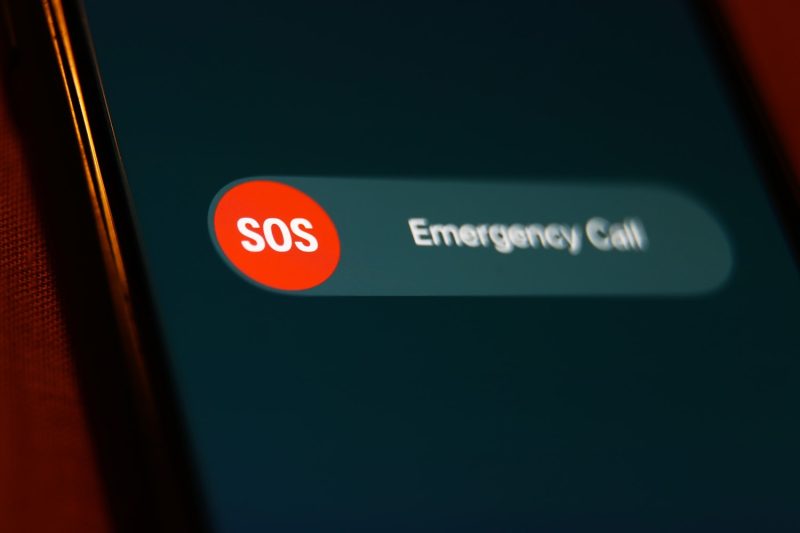Apple, known for its innovative technology and consumer-conscious design, has integrated an SOS mode into its iPhones as a feature of its iOS operating system. The SOS mode stands as a beacon of hope, a lifeline in an emergency situation when cell service is either unreliable or completely cut off.
The primary function of Apple’s SOS mode is to provide users with the ability to make emergency calls without needing cell service. The feature, hailed for its convenience and versatility, can be activated by tapping on the side button of the iPhone five times in rapid succession. Once activated, the iPhone displays the SOS emergency countdown on its screen.
The Apple’s SOS mode operates by connecting to any available signal, even if one’s usual mobile carrier is not within range. It does not necessarily require a cellular data subscription or a wireless network to work. It functions by dialing emergency services through any available signals. Whether you are located in remote places, or facing an unexpected critical situation, this iPhone feature can be a lifesaver.
The functionality of Apple’s SOS mode is not limited to calling emergency services. Depending on geographical location, the feature might share your location with the local emergency service. In the United States, for instance, the Enhanced 911, or E911, automatically provides details about the caller’s location. Moreover, after making the distress call, the iPhone automatically sends a message to your emergency contacts with your current location.
Apple’s SOS mode supports calling emergency services in over 150 countries worldwide. Regardless of where the iPhone’s settings are, the SOS mode will dial the local emergency number. That means that even an American iPhone user traveling in Europe will connect with 112, Europe’s emergency services number, when SOS mode is activated.
User privacy is a crucial consideration within the framework of the SOS mode. In terms of privacy, the Screen Lock is automatically enabled once you activate the SOS mode. This means that to gain access to one’s iPhone, the person needs to enter the passcode, even if the phone was originally unlocked. This prevents unauthorized access to the user’s personal and private information during a crisis.
Apple’s Auto Call feature, closely related to the SOS mode, provides additional safety and convenience. Users can set up this feature so that the emergency services number is dialed automatically after the SOS mode is activated. This reduces the time it takes to contact emergency services, eliminating the need to manually dial the number.
In sum, Apple’s SOS mode is a crucial emergency feature on iPhones that provides easy, quick, and efficient contact with emergency services, regardless of cell service availability or geographical location. It represents Apple’s commitment to safety, convenience, and privacy as it continues to pioneer within the technology world.




